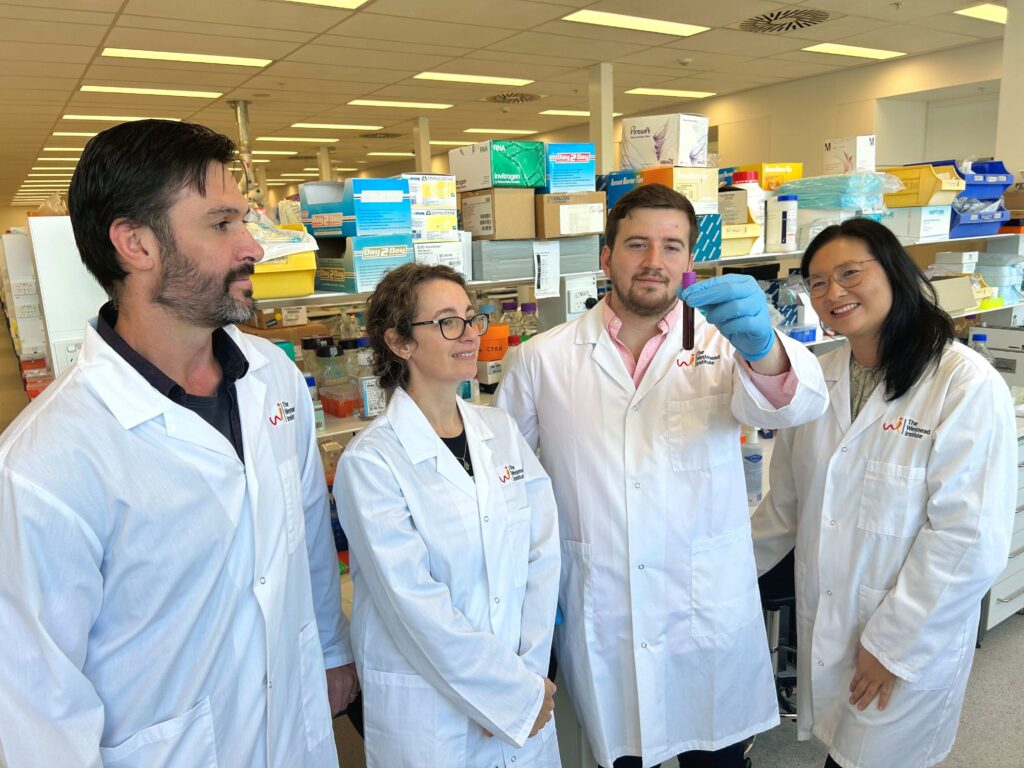In a groundbreaking study published in Nature Medicine, an interdisciplinary team of researchers from The Westmead Institute for Medical Research (WIMR) and the Sydney Precision Data Science Centre at the University of Sydney have identified molecular biomarkers for transplant rejection that are common to all the major transplanted organs, hearts, lungs, livers, and kidneys. Led by Harry Robertson, a PhD student at the University of Sydney, this study proposes a unified model of transplant dysfunction coined “Pan Allograft Organ Dysfunction” that demonstrates that the rejection process is universally similar across different organs.
“Our research indicates that there are underlying molecular pathways involved in organ rejection that are consistent across different organs” said Mr. Robertson. “This discovery is pivotal as it allows us to develop strategies to enhance the success rates of all transplants”.
Perhaps surprising to the general public, both patient care and research into transplants is very organ specific. Breaking down these silos required a monumental collaborative effort, blending expertise from bioinformatics, molecular biology, and clinical medicine to tackle what the authors saw as one of transplant medicine’s biggest opportunities. Working together the team created the Pan-organ ResOurce for Molecular Allograft Dysfunction (PROMAD), a molecular atlas consisting of over 12,000 patient samples from around the globe. It is the author’s intention that this atlas will enable researchers to interact with data on transplants that was previously inaccessible to many researchers and encourage global collaboration.
Professor Jean Yang, a senior author and Director of the Sydney Precision Data Science Centre, emphasized the future potential of this research: “I have seen early career researchers becoming increasingly confident in analysing big data sets. By helping these researchers get access to data, I am confident that we’ll be seeing a wave of new research that will enrich our understanding of organ transplantation.”
Interrogation of the atlas has already led to the development of a universal blood test that can predict the likelihood of transplant rejection before it occurs, potentially setting a new standard in personalized medicine and improving outcomes for transplant recipients worldwide. Professor Natasha Rogers, Deputy Director of WIMR’s Centre for Transplant and Renal Research and a senior author on the study, highlighted the practical applications of the findings.

“We are now testing a blood test in the lab that could soon allow doctors to predict and prevent organ rejection. More than that, our findings lay the groundwork for applying these strategies to other forms of transplantation and even other diseases” explained Professor Rogers.
The study’s success is a direct result of the synergy between researchers from various fields and institutions, highlighting the importance of interdisciplinary collaboration in advancing medical science. Unfortunately, funding interdisciplinary research is becoming increasingly difficult. While some authors on the study receive support from government grants, this work was predominantly enabled by philanthropic funding from the Westpac Foundation.
“We are very grateful for the Westpac Foundation’s philanthropic support” explained Associate Professor Ellis Patrick, a senior author and bioinformatician at both WIMR and the Sydney Precision Data Science Centre. “Ultimately, their generosity allowed us to be ambitious with our research aims and demonstrate how data science can benefit medical research.”
The promising results from this study are not just a testament to the collaborative effort of the international research community but also a beacon of hope for millions waiting for life-saving transplants.
“This study is a perfect example of how precision medicine can significantly impact clinical practices by integrating global data to benefit individual patients,” Professor Rogers added.
The next phase of the research will focus on extending these findings to other types of transplants and continuing to refine the predictive models used in the study.

